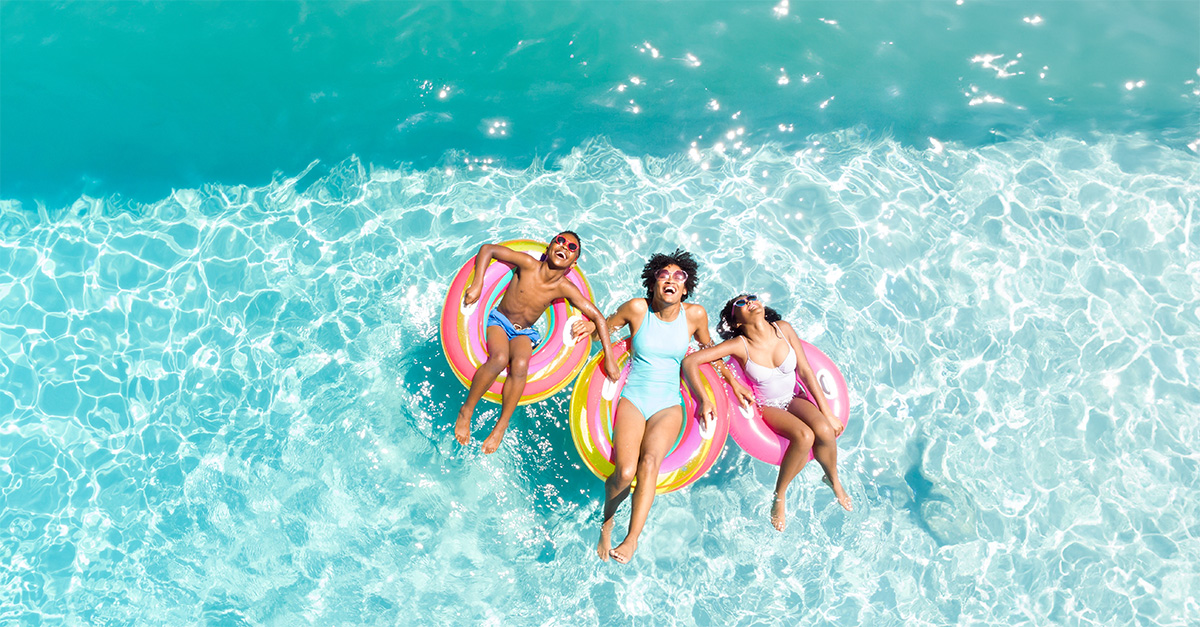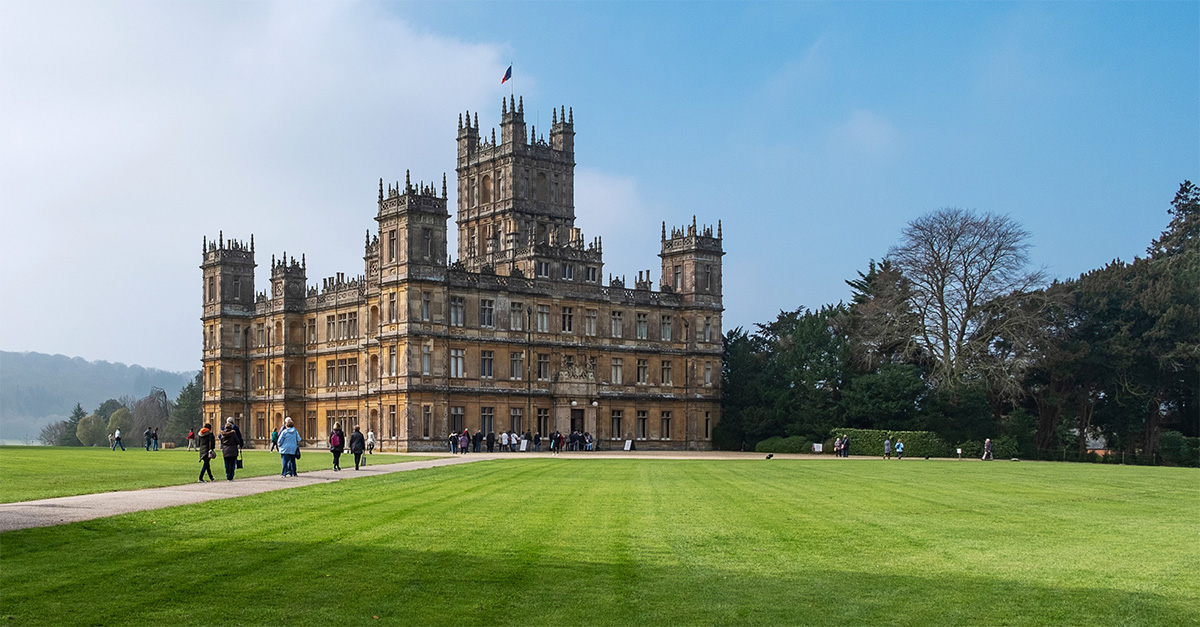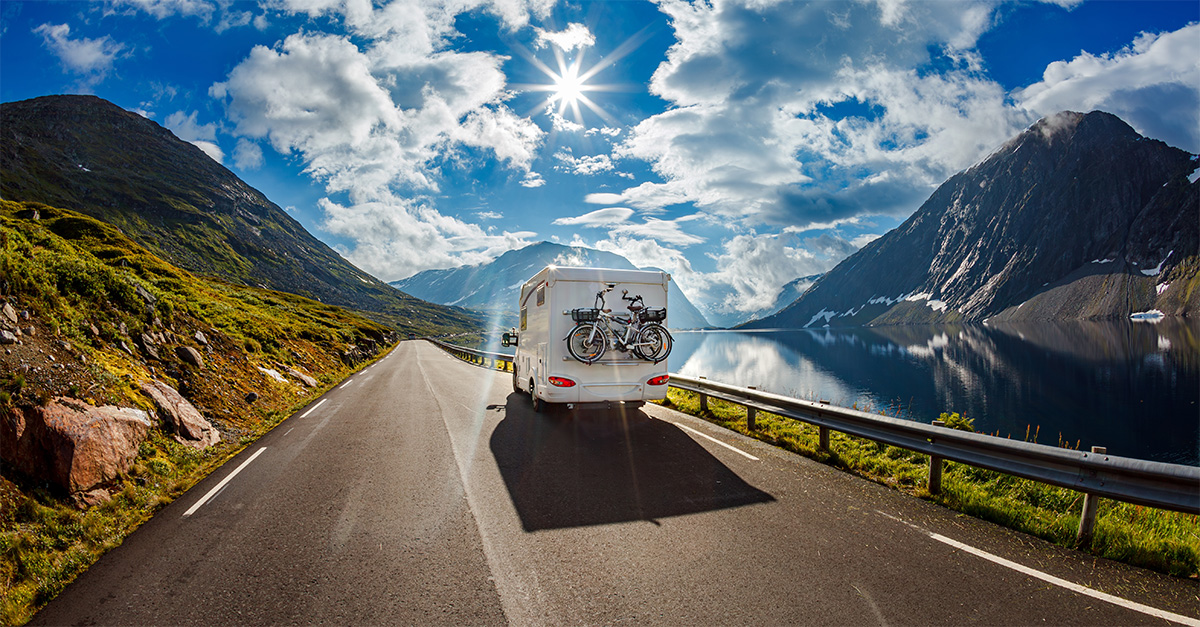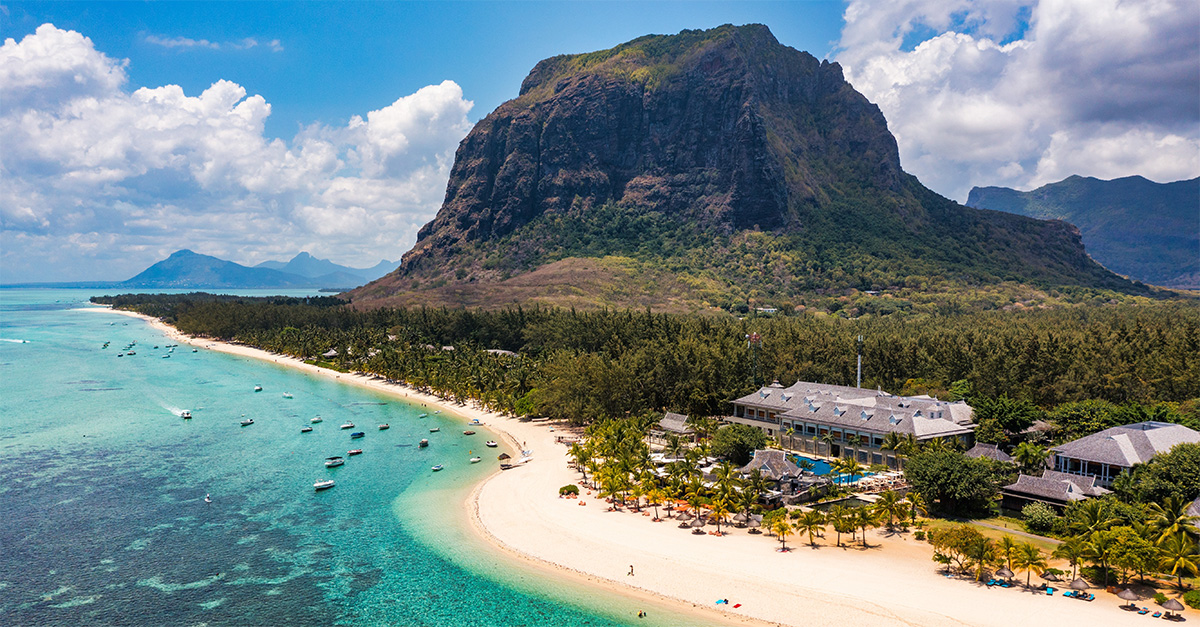Mention the Red Sea and most people think of Egypt. But Jordan has a coastline here, too. Aqaba, the country’s main beach resort, was once a sleepy seaside town but it’s recently been granted tax-free status. A handful of operators feature it at present, but that will change as millions of pounds are invested in coming years on a massive inland lake with luxury hotels on the perimeter.
And there’s more than just beach. Immediately offshore there’s pristine coral and the wreck of a Lebanese cargo ship. Jordan Tourist Board sales and marketing manager David Symes said Aqaba was ideal for learner divers and those wanting to spend time underwater to complement sightseeing on dry land. “Its proximity to Petra and Wadi Rum means a week in Aqaba can be complemented by great days out,” he said.
There are around 20 dive sites, most easily accessible from the shore. The coral is in good condition and the wreck lies in fairly shallow water. With divemaster Rod, I finned gently along the rusty superstructure. It was fascinating gliding above the rusting hulk, its masts at crazy angles while shoals of fish looked on.
After a couple of days’ underwater exploration, I ventured inland to Wadi Rum. It’s a 40-minute drive to Jordan’s own version of the Grand Canyon.
The scenery here is spectacular. The wind has eroded the rock into bizarre shapes, making it look like molten chocolate. My Bedouin guide, Mzied, met me at the new visitor centre and took me for a blast in his Landcruiser.
Late in the afternoon, from the top of a huge dune, I watched the sun set, the craggy cliffs glowing red, and revelled in the solitude and the views.
Clients can sleep out in one of the fixed campsites here for the ultimate desert experience. But I stayed at Rum village, as Mzied had invited me to a wedding celebration.
Bedouin tradition dictates that strangers are given a warm welcome, and all over Jordan everyone was immensely friendly.
Here, the only Westerner, I drank coffee flavoured with cardamom seeds and clumsily attempted to eat mensaf – a rice and meat speciality – with my fingers.
After a day recharging the batteries by the pool, I set out for Jordan’s most famous site. Petra is a two-and-a-half-hour drive and can be done from Aqaba in a day trip, although clients often choose to stay a night or two.
The approach to the temples is what makes the experience so special. You walk for over a mile along a narrow winding gorge before Petra’s most famous temple, the Treasury, suddenly appears.
Sheltered by cliffs, it’s remarkably well preserved. The other highlight is the monastery. It’s a sweaty climb up winding pathways, but well worth the struggle.
That evening I learnt to cook traditional Jordanian dishes at the nearby Petra Kitchen. We cooked fattoush, a salad of tomato and rocket drizzled with lemon juice and sprinkled with fried bread, and a chicken and rice dish called magloobeh. This time I got to use a fork.
Jordan is a Muslim country, but it’s very relaxed. Alcohol is widely available and surprisingly drinkable. We washed down our home-cooked food with a rather good cabernet wine called Mount Nebo, named after another of Jordan’s famous sites, where Moses was shown the promised land by God. There is a mosaic-filled church here perched on a hilltop with sweeping views across the valleys towards the Dead Sea.
I drove up to Nebo a few days later. Just before Mount Nebo you come to the small town of Madaba, home to another famous site, the Mosaic Map of the Holy Land. St George’s Church, where it was found, is still used for services – they simply roll a carpet over this remarkable ancient depiction of the ancient sites of the Middle East.
However, there’s no better way to wind up a holiday in Jordan than by relaxing for a few days at the Dead Sea.
There are two good resort hotels here – the Movenpick and Marriott both have great pools with stunning views. And Kempinski is building a resort hotel due for soft opening later this year.




